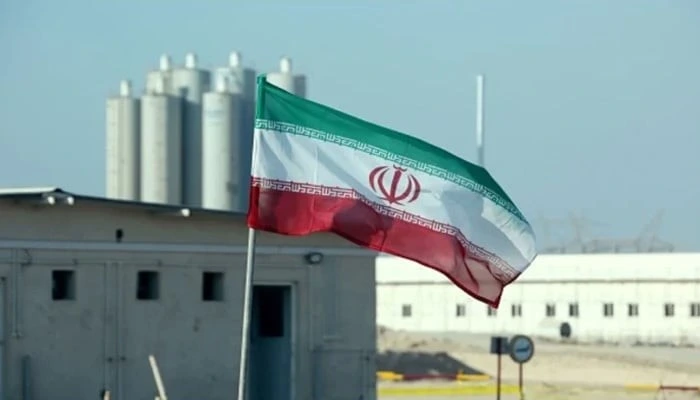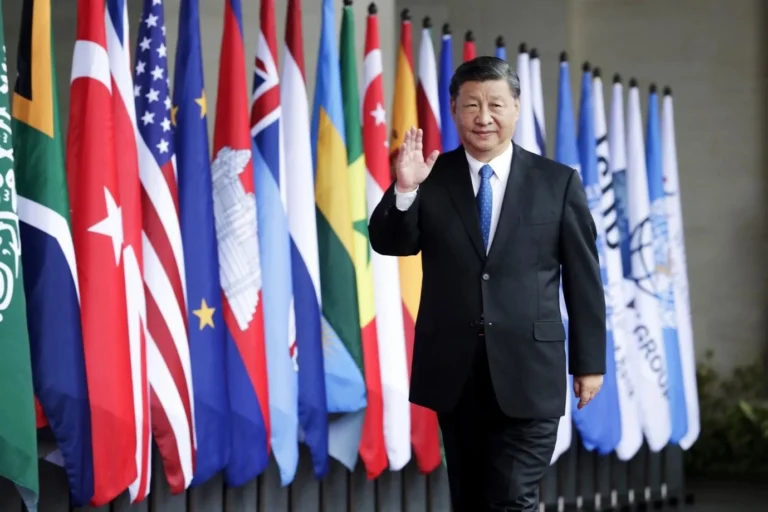Pakistan Inflation Drops to 3%, Lowest in Two Years

Pakistan Inflation Drops to 3%, Lowest in Two Years
Pakistan’s inflation rate just dropped to 3% in August 2025, the lowest it has been in two years. For context, it was 4.1% in July, and back in May 2023 it had spiked to a brutal 38%. So, this is a big shift. On average, inflation for July and August this fiscal year is sitting around 3.5%, which is way down from over 10% during the same stretch last year.
This might sound like dry numbers, but in day to day life it is a relief. People who have been watching grocery bills climb nonstop for two years, are finally seeing a little breathing room.
Businesses too, especially smaller ones, are less squeezed now that prices are not jumping every month.
How inflation fell?
There is not one single reason. Global commodity prices cooled off, so oil and food imports are cheaper. Besides, the rupee has held steadier, which matters a lot since Pakistan imports so much. The central bank’s high interest rates did their job of cooling demand. Moreover, this year’s crops were decent, so food prices did not spiral. Put all that together, and one gets softer inflation.

What does this mean for ordinary people?
For households, it means money stretches a bit further. Over the last two years, rising costs have hit hard, especially for middle and lower income families. Wages did not rise nearly as fast as prices, so even a small drop in inflation feels significant. Additionally, families can put more towards things they had been cutting back on. It may include better food, school fees, or healthcare.
Furthermore, businesses benefit too. Lower inflation means less uncertainty when setting prices or planning for the next quarter. If borrowing rates eventually come down as well, that will help them invest again.
Where policy fits in?
The State Bank of Pakistan is probably watching these numbers closely. With inflation easing, they may have space to cut interest rates, though they will likely move cautiously. Besides, the government, for its part, gets some breathing room to focus on reforms instead of firefighting price shocks. The trick will be to not blow this moment on populist spending sprees, as that can just reignite inflation.

Risks still hanging over
This does not mean Pakistan is out of danger. Oil prices could spike again if global tensions flare up. Similarly, the rupee is stable for now, but that depends on steady inflows of dollars and careful management. Moreover, Pakistan’s agriculture sector is always at the mercy of floods or droughts, which can flip food prices overnight. Add political uncertainty into the mix, and one sees why economists are not declaring victory yet.
Why it matters beyond numbers?
The psychological impact might be just as important as the actual price drops. People judge the economy first and foremost by how expensive daily life feels. If prices stop climbing so fast, it restores a bit of trust, both in the government’s ability to manage things and in people’s own financial stability. Furthermore, for investors and international lenders, a consistent drop in inflation signals that Pakistan is at least trying to stick to a more stable path.
Finally, at 3% inflation, the country is far from the crisis levels it has not seen in a while.
This is a relief, and if policymakers stay disciplined, it could be the start of something more sustainable. That said, Pakistan’s economy is fragile, and one external shock could undo these gains. For now, households and businesses can breathe a little easier, and that alone is worth noting.
The views and opinions expressed in this article are exclusively those of the author and do not reflect the official stance, policies, or perspectives of the Platform.












